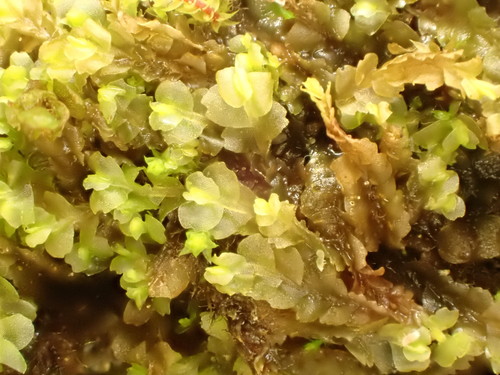


Forest
Continuous stand of trees and includes both forested areas (generally with a closed canopy) and wooded areas.
Shrubland
Includes ecosystems dominated by shrubs and low woody vegetation, often interspersed with grasses or sparse trees.
Grassland
Comprised of grasses and broadleaved herbaceous plants, and are either without woody plants.
Wetlands (inland)
Characterized by waterlogged soils, seasonal or permanent water, and vegetation adapted to saturated conditions.
Rocky areas
Defined by minimal soil, sparse vegetation, and extreme conditions.
Marine coastal
Coastal habitats above the high tide mark.
Artificial terrestrial
Human-made environments such as urban areas, agricultural lands, and transport corridors.
Artificial aquatic
Human-made water bodies such as reservoirs, canals, and ponds.
Other
A habitat type not covered by any of the other categories in the system.
(11) Total species
4 (36.36%)
3 (27.27%)
2 (18.18%)
1 (9.09%)
1 (9.09%)